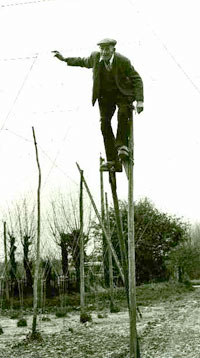Lectrician said:
I am not stupid.
However, they are never going to give you an off range reading due to their nature of construction. With plenty of these on a circuit, you go and see what th IR will be from L+N to E. You may be surprised.
I was not implying you were, just making a point, after all these tests are done to make sure a circuit is compliant with the regs, electricity is not particular about where it flows and the circuit has to be able to contain it.
Common sense stuff for all us electricians, where this common sense breaks down is the interpretation or even the willingness to adhere to the rules when carrying out the task of complying with these regs.
If the circuit gives poor readings during testing then the advice given to the customer are that changes need to be done, without compromise, design of a circuit should take into consideration all the elements of what makes up the regs, in doing so testing will show whether a circuit is up to standard or not.
If there is breakdown at 500v because there is too low a resistance in parallel then the circuit is not up to standard simple as that.
This can happen if a circuit is old and the insulation is degrading, as we know, if the test is a failure then something has to be done about it.
One may have to think about a rewire?
If as I think you are implying it's the number of chokes and their parallel resistance paths between L+N (with starter switches out the likelihood of a low L+N reading is hard to come by) causing the low reading then at 500v test there must be something drastically wrong.
As stated before these chokes are designed to operate at HT levels therefore the insulation is designed to withstand this, if the circuit involved has compromised this insulation to such a degree that a 500v test can break down this resistance then the circuit needs change, as i said electricity is not discriminate about where it flows it will find this flaw and cause problems, so perhaps then the advice is to split the circuit up into smaller groups? To ignore part of a test because you think it will fail is dangerous and shouldnt be done, rather work be done to remedy this problem.
Hope you see the point i'm trying to make in that an IR test is done to see if the circuit can withstand the operating voltage applied, this applies equally to reading between L and N aswell as to Earth and if not then change has to be done. 500v is roughly only double the lighting circuits operating voltage, therefore if the test fails at this then it figures it isn't going to be acceptable to operate it at 230v as far as the regs are concerned.


